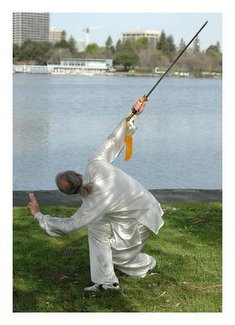I recently watched this film, Into The Wild – and while I usually enjoy Sean Penn’s films, I wasn’t overly crazy about this one.
It was well-scripted, the wilderness scenes were lush, and it was based on a book by the same name.
Into the Wild recounts the life of Christopher McCandless, an actual student-athlete at Emory University, as told by his sympathetic sister. In response to his parents, whom McCandless perceives as materialistic, manipulative, and domineering, McCandless destroys all of his credit cards and identification documents, donates $24,000 (nearly his entire savings) to Oxfam, and sets out on a cross-country drive in his well-used but reliable Datsun towards his ultimate goal: to live alone and in the land between Alaska. Along the way, he leaves his automobile in the course of a flash flood, to hitchhike his way there after burning the remainder of his dwindling cash supply. Taking an unintentionally circuitous route, he encounters many unconventional individuals on his itinerary, such as a group of hippies, a farm owner (Vince Vaughn), and a lonely leather worker who offers to adopt and be a grandfather to Christopher (Hal Holbrook), as he purposefully trudges onward to his final destination, arriving in the wilds of Alaska nearly two years after his initial departure. He starts living in a "Magic Bus" serving as a shelter for people walking in the area (though in the film there is nobody else). Resourceful, McCandless finds joy in living off the land, and begins to write a book of his adventures. Unfortunately, as the spring thaw arrives, he is cut off from civilization by waterways. As his food supply lessens, he resorts to eating plants. Although he consults a brought-along book about the edibility of plants, he confuses an edible and a poisonous kind, which shuts down his digestive system forcing him to starve to death. As he dies, he continues to write, detailing his painful demise as a dramatic denouement to his autobiography.
The item that really got under my skin were all the GOD-NODS – he has a conversation with Hal Holbrook where they discussed this ‘gob’ character. What was the most irritating point was that the poor fellow ingested a poisonous plant that looked exactly like an edible one, a point that will escape most of the Jebus crowd.
His journal entry for that date reads, "Extremely weak. Fault of pot[ato] seed. Much trouble just to stand up. Starving. Great Jeopardy." McCandless had been digging and eating the root of the wild potato—Hedysarum alpinum, a common area wildflower also known as Eskimo potato, which Kari's book told him was widely eaten by native Alaskans—for more than a month without ill effect. On July 14 he apparently started eating the pealike seedpods of the plant as well, again without ill effect. There is, however, a closely related plant—wild sweet pea, Hedysarum mackenzii—that is very difficult to distinguish from wild potato, grows beside it, and is poisonous. In all likelihood McCandless mistakenly ate some seeds from the wild sweet pea and became gravely ill.
Really, what sort of creator makes two plants, one edible and one poisonous, so much alike? Answer: NONE. Other than that, it’s a fair movie. Exploration of the ‘noble savage’ myth, it was evenly casted, and the central character was quite likable despite all the GOD-NODS.
A reasonable expenditure of two hours, but I’d not watch it again. I give it a mid fist.















No comments:
Post a Comment